Despite glut of existing homes for sale, Houston leads nation in new-home permitting
For-sale signs are dotting Houston neighborhoods, but real estate developers are still filing permits, pouring concrete and acquiring land for new projects.
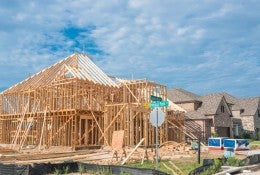
Despite glut of existing homes for sale, Houston leads nation in new-home permitting
For-sale signs are dotting Houston neighborhoods, but real estate developers are still filing permits, pouring concrete and acquiring land for new projects.

Who are Harris County’s unauthorized immigrants? These charts detail their diverse backgrounds.
New estimates from the Migration Policy Institute shed light on Harris County’s 600,000-plus unauthorized immigrants.
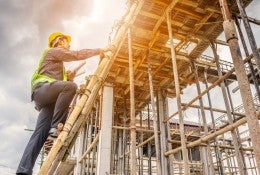
A statewide public transportation plan proposes better bus connectivity and new high-speed rail for Houston.
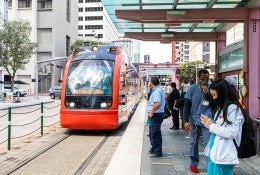
Half a million Houstonians could soon change careers. Is the region ready to help them?
Hundreds of thousands of Houstonians foresee jumping to a new career soon — and local institutions have work to do in helping people taking the leap.
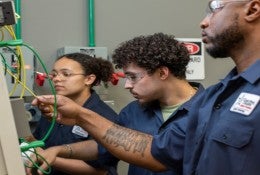
Abandoned properties are making Houston hotter. Could these changes turn down the heat?
Abandoned buildings and paved-over vacant lots are cranking up the heat in Houston. Local leaders have some avenues for turning down the temperature — without having to break out the bulldozer.
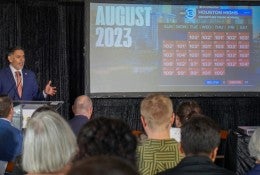
Texas’ fastest-growing path to ‘college readiness’ leaves many high schoolers unprepared
College prep courses are booming in high schools, but mounting evidence shows they’re not equipping students for success.

The region's first Economic Mobility Summit spurred conversation and ideas for helping more Houstonians improve their long-term earnings outlook.

Houston reports fewest available beds in 20-plus years as unsheltered homelessness rises
A growing number of Houstonians are living on the street, and there’s a big factor playing into the rise.
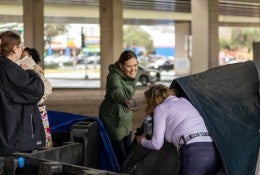
FEMA buyouts vs. risky real estate: New maps reveal post-flood migration patterns across the US
New research and maps show most people with homes in flood-prone areas sell their properties instead of taking a federal buyout.
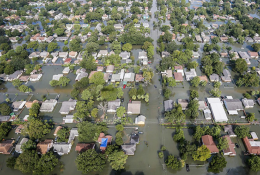
The Texas Education Agency and several colleges are making moves to prepare teachers for serving the state's youngest students.

Rice University
Kraft Hall
6100 Main Street, Suite 305
Houston, TX 77005-1892